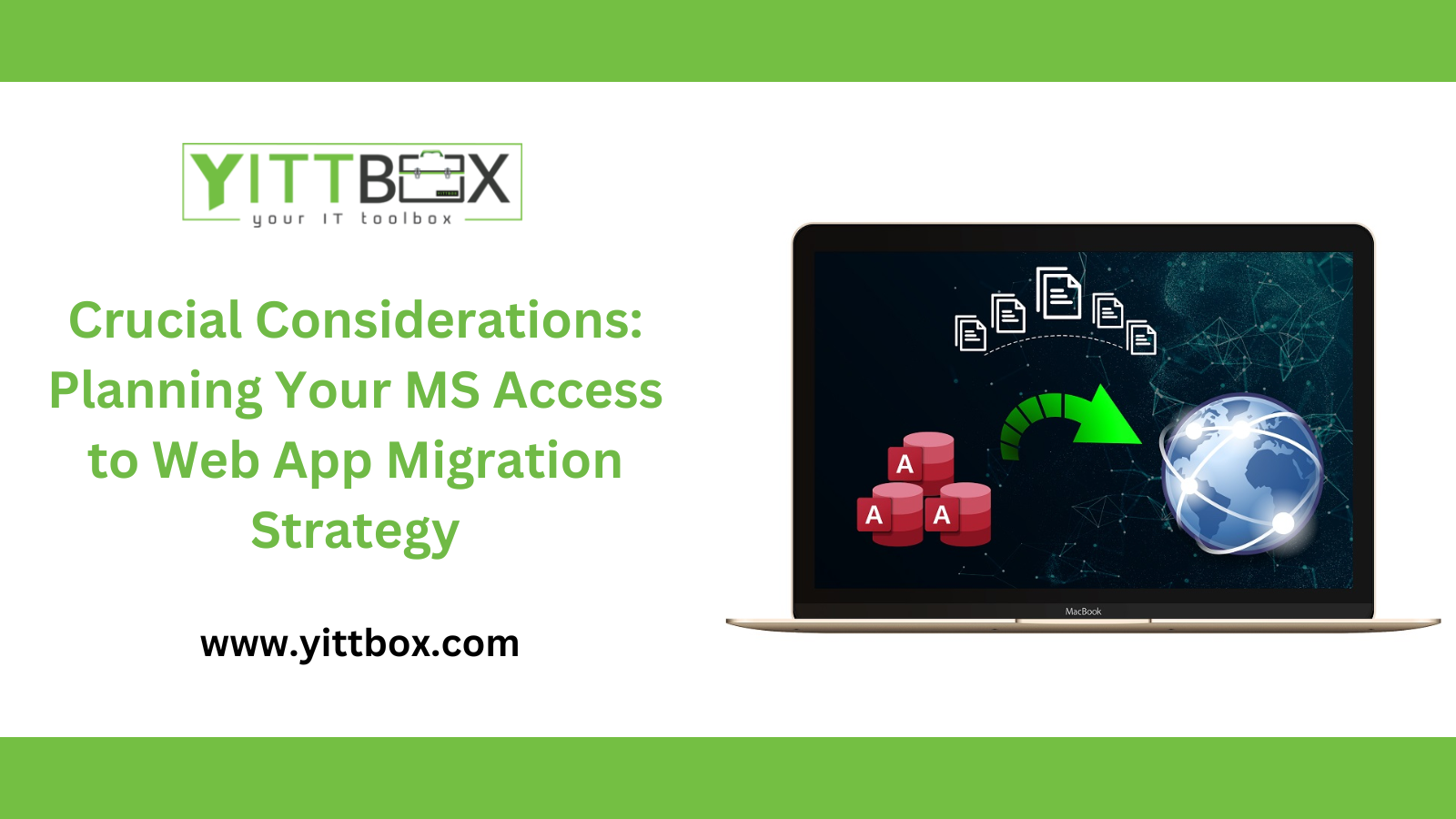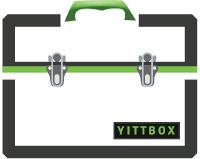Planning Your MS Access to Web App Migration Strategy
In the evolving landscape of data management, migrating from Microsoft Access databases to web applications is a strategic move that requires meticulous planning. This comprehensive guide outlines crucial considerations to ensure a seamless and successful MS Access to Web App migration strategy.
1. Assessment of Current Access Database:
Before embarking on the migration journey, conduct a thorough assessment of your existing MS Access databases. Identify the complexity, size, and dependencies of each database to formulate a tailored migration plan.
2. Data Mapping and Schema Design:
Plan the migration of your data meticulously by mapping the structure of your existing databases to the web application schema. Ensure that data relationships are maintained and optimized for the new environment.
3. User Requirements and Training:
Understand the needs of your end-users. Consider how their workflows may change with the migration. Provide comprehensive training to ensure a smooth transition and minimal disruption to daily operations.
4. Selecting the Right Web App Platform:
Evaluate different web app platforms to determine the best fit for your organization. Consider factors such as scalability, integration capabilities, and compliance with industry standards.
5. Security and Compliance:
Prioritize data security during migration. Implement robust encryption protocols and ensure compliance with industry regulations. Review and update user permissions to align with the new web app environment.
6. Customization and Integration:
Plan for any necessary customizations to meet specific business requirements. Ensure seamless integration with other existing systems to maintain a cohesive and connected workflow.
7. Backup and Rollback Procedures:
Develop comprehensive backup and rollback procedures in case of unexpected issues during migration. Having a safety net ensures that data integrity is maintained, and any unforeseen challenges can be swiftly addressed.
8. Testing Protocols:
Establish a rigorous testing protocol to identify and rectify potential issues before the final migration. Include functional testing, performance testing, and user acceptance testing to validate the effectiveness of the new web app.
9. Migration Timeline and Phases:
Develop a detailed timeline for migration, including specific phases and milestones. A phased approach allows for better control, risk mitigation, and ensures that each component is thoroughly validated before moving to the next stage.
10. Communication Strategy:
Effective communication is crucial throughout the migration process. Keep stakeholders informed about the progress, potential disruptions, and any actions required on their part. Manage expectations and foster a collaborative environment.
Conclusion: Elevating Your Migration Strategy
A well-planned MS Access to Web App migration strategy is not just a technical endeavor; it's a strategic move that impacts the entire organization. By considering these crucial aspects, you can navigate the complexities of migration, minimize risks, and unlock the full potential of web applications. Elevate your data management capabilities, and position your organization for success in the digital era.
For personalized insights and consultation on MS Access to web app migration, contact us at [Sales@Yittbox.com].







